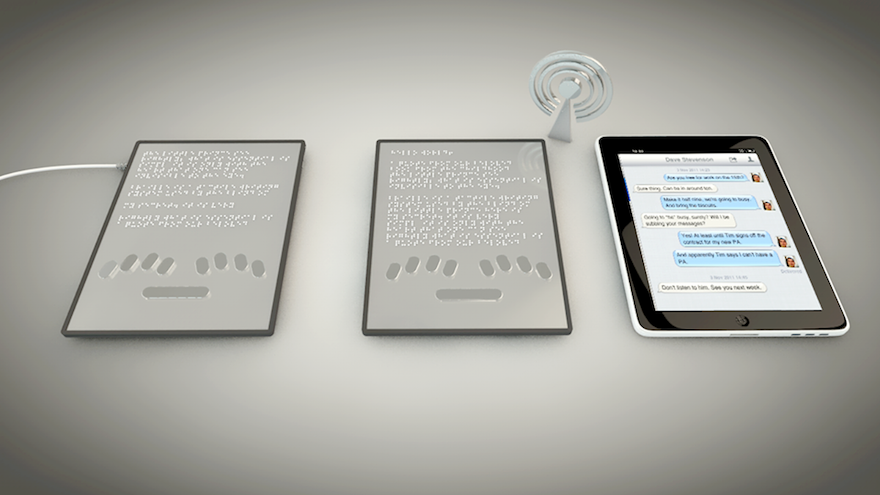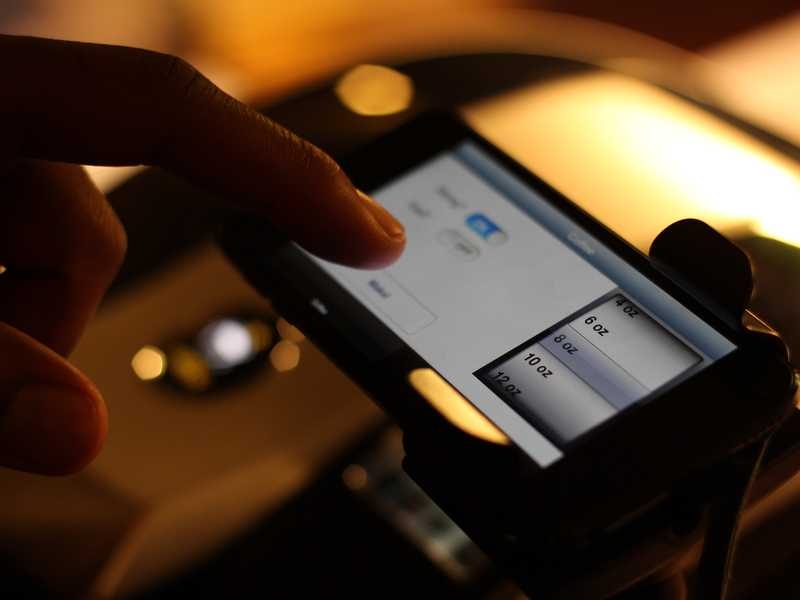Speech-to-Text Devices for Low Vision: Enhancing Ease of Use
Speech-to-Text Devices for Low Vision: Enhancing Ease of Use
Blog Article
Discover Innovative Tools Made for the Visually Damaged
The advancement of ingenious tools for the aesthetically damaged stands for a significant advancement in accessibility and independence. Technologies such as wise glasses with AI capacities and mobile applications made to provide acoustic descriptions are reshaping day-to-day experiences for individuals.
Smart Glasses for Navigating

Smart glasses made for navigation are revolutionizing the way aesthetically damaged individuals connect with their environment. These innovative gadgets utilize a combination of electronic camera modern technology, expert system, and acoustic comments to give real-time details concerning surroundings. By employing challenge discovery systems, wise glasses can notify individuals to possible threats, enabling more secure movement in both acquainted and unknown settings.
The assimilation of GPS technology better boosts navigating abilities, enabling customers to get acoustic instructions as they relocate. This hands-free method not only fosters independence however also encourages visually impaired individuals to navigate metropolitan landscapes with boosted self-confidence. In addition, numerous clever glasses are furnished with functions that identify sites and road indicators, giving contextual details that enhances the customer experience.
Moreover, the growth of these gadgets is continuously advancing, with business functioning to improve the accuracy of object recognition and increase the variety of navigational functions. As wise glasses end up being a lot more easily accessible and economical, they hold the potential to significantly transform every day life for aesthetically impaired users. Ultimately, these ingenious tools represent an essential step towards inclusivity, offering enhanced mobility and a greater sense of freedom for people navigating the globe around them.

Mobile Apps for Daily Living
Exactly how can mobile applications enhance the day-to-day lives of visually damaged individuals? Mobile apps are reinventing the means visually damaged individuals navigate their atmospheres, manage daily jobs, and gain access to information. These applications offer vital support through numerous performances, promoting independence and enhancing top quality of life.
Several cutting-edge mobile applications are made specifically for everyday living. For example, applications like Be My Eyes link aesthetically impaired individuals with sighted volunteers using video telephone calls, allowing them to get real-time assistance with tasks such as reading labels or navigating unknown areas. Seeing AI, established by Microsoft, uses synthetic knowledge to describe surroundings, reviewed message, and determine things, successfully changing a mobile phone right into a powerful tool for daily assistance.
In addition, navigation apps customized for the visually impaired, such as Aira and BlindSquare, provide audio-based instructions and ecological information, enabling customers to traverse their surroundings securely and confidently. Beyond navigation and prompt assistance, mobile applications also sustain company and job management, with attributes that aid individuals set tips, produce to-do lists, and track consultations. In recap, mobile applications function as essential resources, equipping visually impaired individuals to lead more independent and meeting lives.
Wearable Technologies for Help
Empowerment with innovation is significantly obvious in the realm of wearable gadgets designed to help visually impaired individuals. These innovative devices integrate flawlessly right into every day life, boosting navigating and providing important feedback to individuals. Clever glasses geared weblink up with cams can review and identify faces text out loud, allowing individuals to communicate even more with confidence in expert and social settings.
An additional noteworthy advancement is making use of haptic responses systems in wearable devices. These systems use vibrations or other responsive signals to convey information concerning the customer's atmosphere, such as obstacles or adjustments in terrain, improving mobility and security. Wearable technologies likewise include wristbands that connect to mobile phones, alerting users to notices via subtle vibrations, hence boosting connectivity without reliance on visual signs.
As these innovations proceed to evolve, they are not just enhancing independence for visually damaged individuals yet likewise fostering a higher sense of vision check incorporation in culture. By bridging the void between obstacles encountered in everyday living and the capacity for autonomy, wearable innovations act as essential devices in the pursuit for equality and empowerment for those with aesthetic impairments.
Audio Description Devices
Sound summary tools play a critical function in boosting accessibility for visually damaged people, offering them with the capacity to engage with visual media. Assistive technology for the blind. These devices use narrated summaries of key visual elements in films, television programs, and live efficiencies, ensuring that users can totally understand the context and emotions conveyed through visuals
Audio summary can be integrated into different platforms, including streaming services, cinema screenings, and live theater. Several preferred streaming services currently consist of audio summary as an accessibility attribute, enabling viewers to pick it easily. Along with conventional media, specialized apps also exist, providing audio descriptions for art events, galleries, and various other cultural occasions.
The performance of audio description pivots on the ability of the narrators, that have to convey visual details succinctly without taking away from the original audio. Technologies in this area are also leading the way for more customized experiences, where users can change the level of detail and pacing according to their preferences.
Braille Innovations and Gadgets
Braille innovations and gadgets have actually dramatically changed the means visually impaired individuals connect with message and info. Modern developments have caused the advancement of functional devices that enhance proficiency and self-reliance amongst individuals. Especially, Braille display modern technologies have actually advanced, permitting dynamic analysis experiences. These tools transform digital text right into Braille, enabling customers to access a vast selection of info on computers, tablets, and smart devices.
Additionally, portable Braille notetakers incorporate traditional Braille input with contemporary functionalities, facilitating note-taking, scheduling, and paper modifying on the move. Smart glasses for the visually impaired. These small gadgets often feature text-to-speech capacities, anchor linking the void in between Braille and acoustic information
Additionally, cutting-edge Braille printers have arised, allowing users to produce Braille tags, records, and academic products efficiently. This availability promotes higher engagement in educational and expert settings, inevitably promoting inclusivity.
Moreover, research right into clever Braille technologies remains to expand. Gadgets that include man-made intelligence are being explored to give real-time navigation assistance and contextual information, enhancing the user experience in diverse settings. On the whole, these advancements reflect a commitment to equipping aesthetically damaged people through innovation, guaranteeing they can quickly access and involve with the world around them.

Final Thought
The advancement of innovative tools for the visually damaged substantially improves freedom and quality of life. These modern technologies not only foster better incorporation but likewise advertise autonomy in day-to-day tasks, ultimately contributing to a more easily accessible and equitable society for aesthetically damaged people.
As wise glasses become much more easily accessible and cost effective, they hold the potential to significantly change everyday life for aesthetically damaged customers. Mobile apps are changing the method aesthetically damaged individuals navigate their atmospheres, manage daily tasks, and access information. Apps like Be My Eyes attach visually impaired individuals with sighted volunteers through video telephone calls, permitting them to obtain real-time assistance with jobs such as reviewing labels or navigating strange areas.In addition, navigation apps tailored for the aesthetically impaired, such as Aira and BlindSquare, use audio-based directions and environmental info, enabling customers to traverse their environments securely and with confidence.The improvement of innovative devices for the visually damaged dramatically enhances freedom and top quality of life.
Report this page